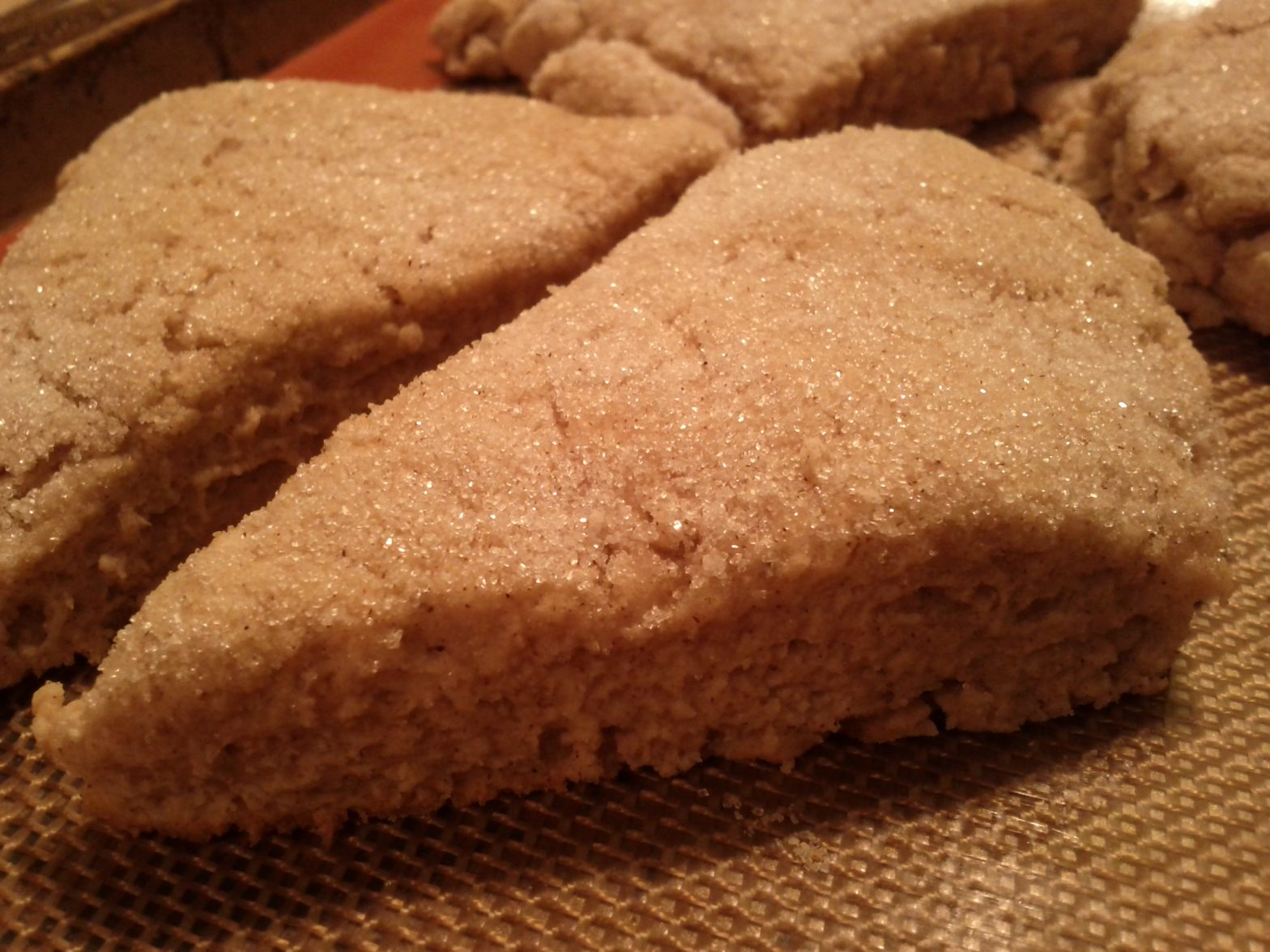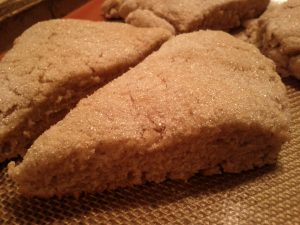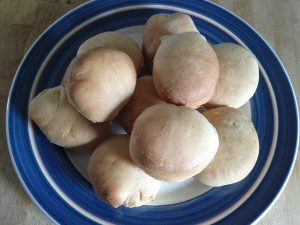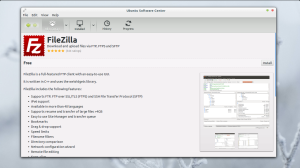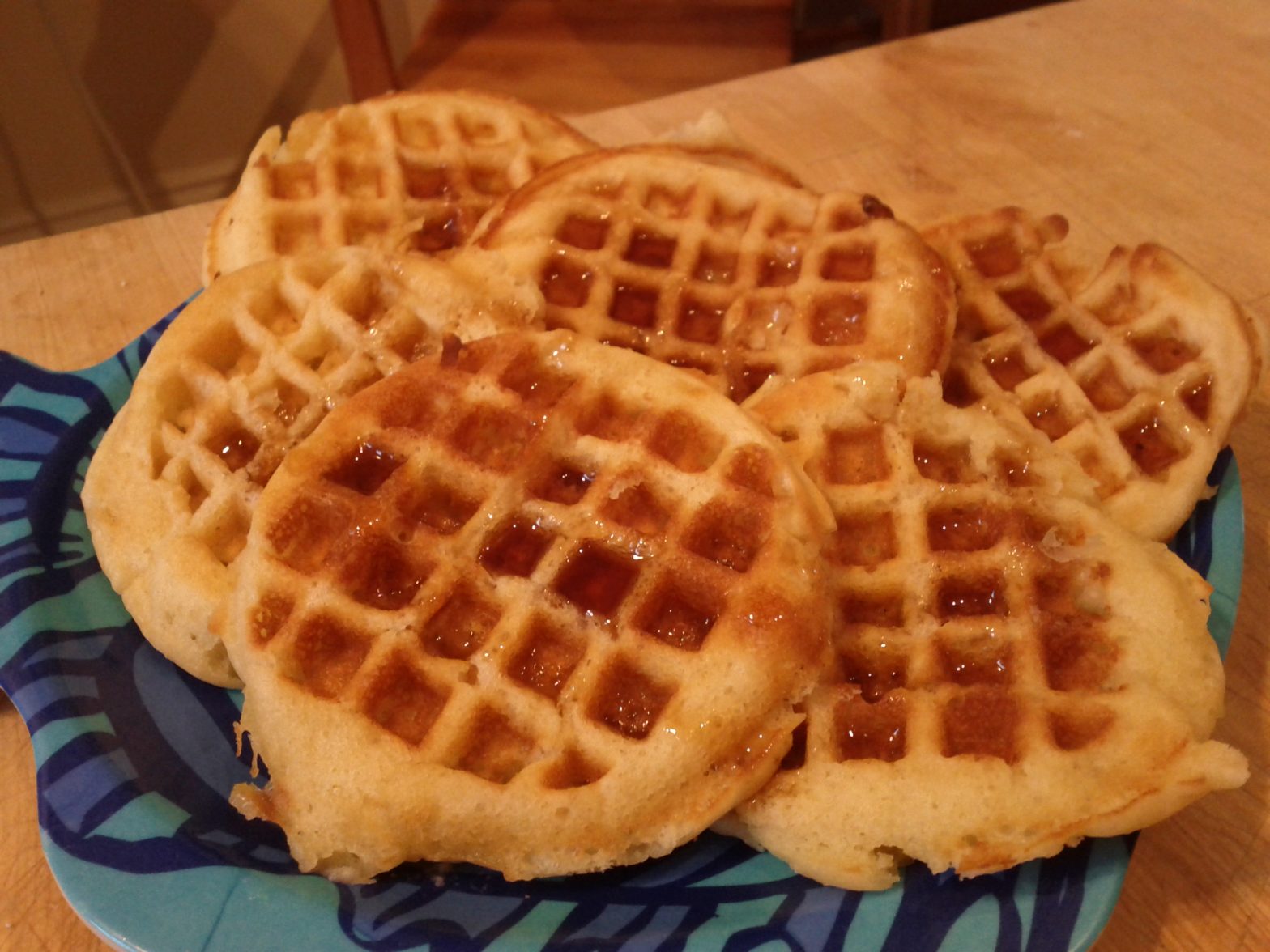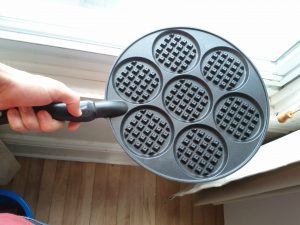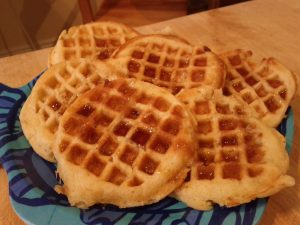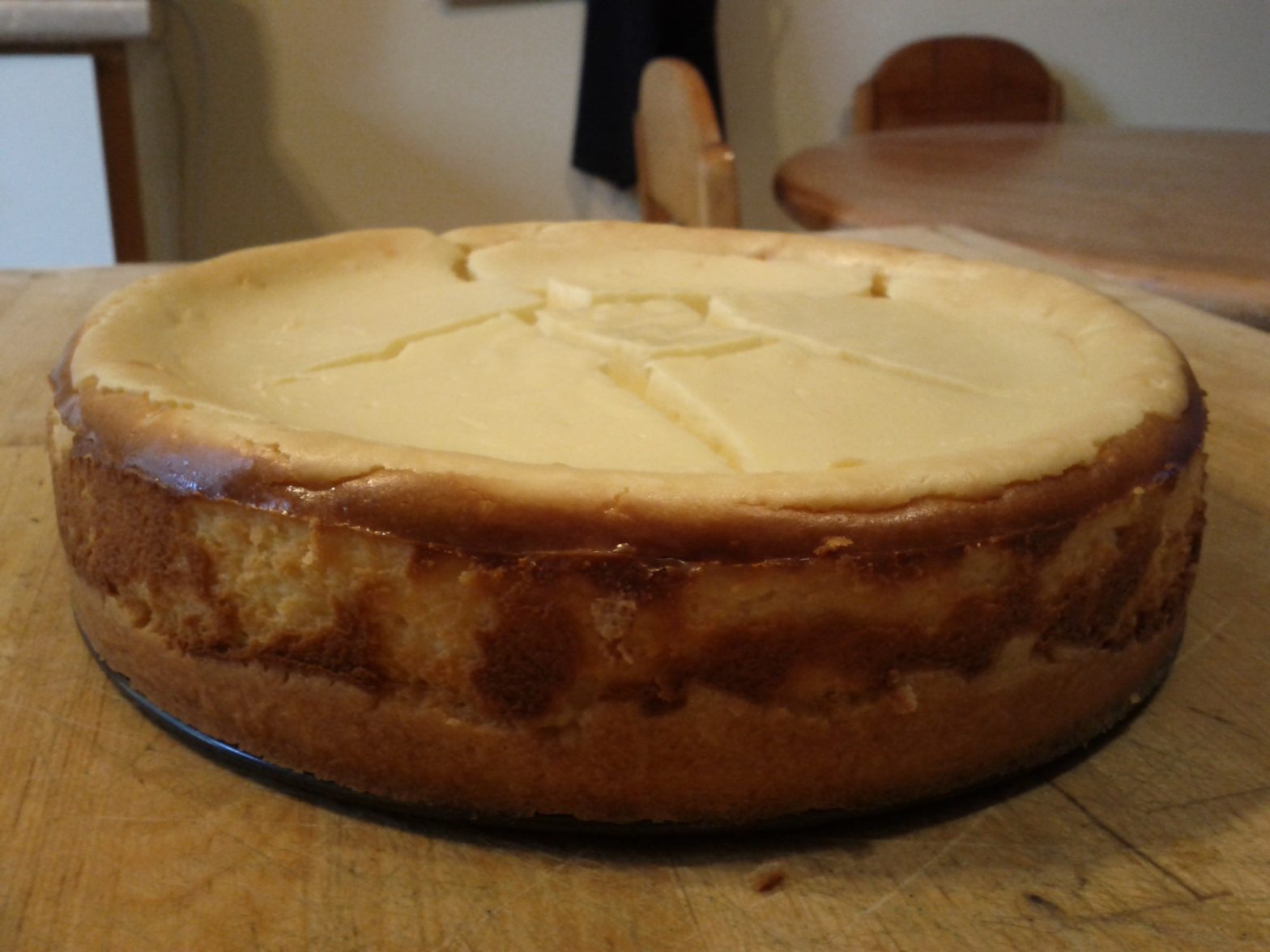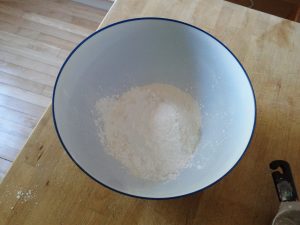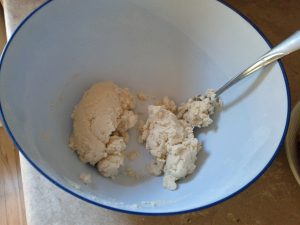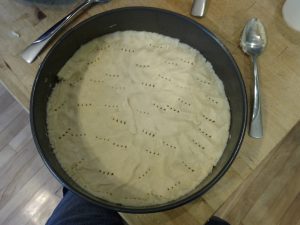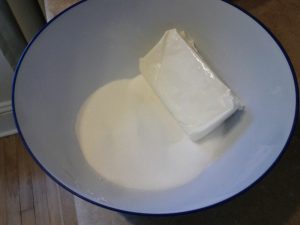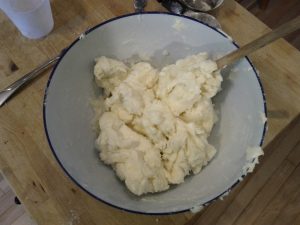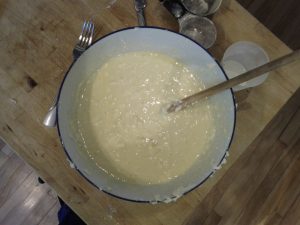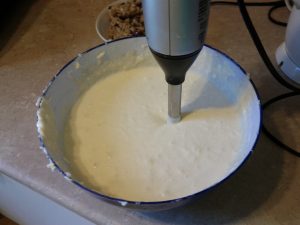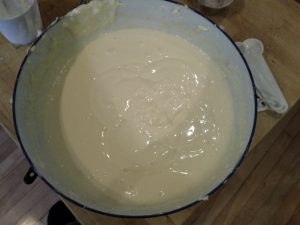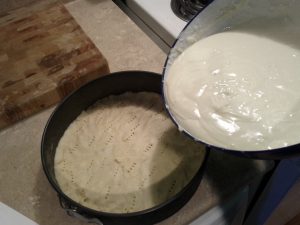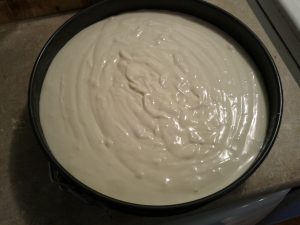I’ve continued testing out baked doughnut recipes. Now there was this one recipe I came across a while ago, but at the time I lacked the doughnut pan required to try it out. I stumbled on it again the other day, and decided to give it a shot. The results were quite good.


I made my own brown sugar for this one, and substituted the expensive cream cheese frosting for a simple icing sugar and milk glaze. The end product is definitively reminiscent of the taste it aims to emulate. Texture-wise I’d say it’s somewhere in between a cupcake, a doughnut, and a cinnamon roll.
Cinnamon Roll Baked Doughnuts
Overview
Credit for the recipe goes to the blog Top with Cinnamon. I used a simple glaze instead of the cream cheese frosting that was on the original, and made my own brown sugar. The whole thing takes about 35 minutes to do, start-to-finish. You’ll need a doughnut pan, though Top with Cinnamon also has an entry on how to make your own.
Ingredients
You’ll need sugar, icing sugar, molasses, butter, cinnamon, milk, cornstarch, all-purpose flour, an egg, nutmeg and vanilla extract.
- 5 Tbsp Sugar
- 2 Tsp Molasses
- 6 Tbsp Butter
- 2 Tsp Cinnamon
- 1 Tsp Milk
- 1 Tsp Cornstarch
- 1 Tsp Vanilla Extract
- 1½ Cup All Purpose Flour
- ½ Cup Sugar
- 2 Tsp Baking Powder
- ¼ Tsp Salt
- ¼ Tsp Nutmeg
- ¾ Cup Icing Sugar
- 2 Tsp Milk
Instructions
Put six tablespoons of butter in a sauce pan, and put on low heat to melt.
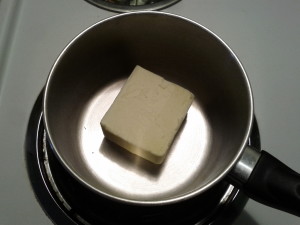
While the butter does its thing, mix the five tablespoons of sugar with the two teaspoons of molasses, to make brown sugar.
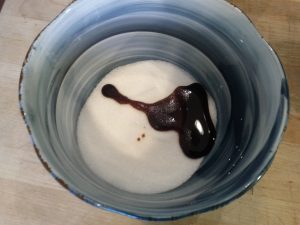
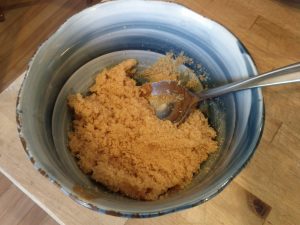
Pour the quarter cup of melted butter from the sauce pan into another bowl and set aside. Add the home-made brown sugar to the sauce pan and mix.
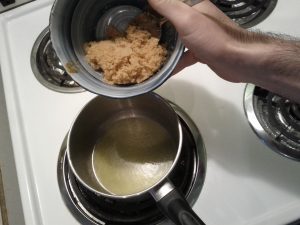

Add the cinnamon, milk, vanilla, and cornstarch. Combine them.
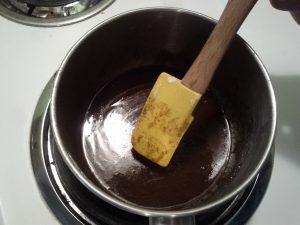
When the mixture starts to bubble, take it off the heat and pour a spoonful in the bottom of each mold of the doughnut pan.

Set the oven to 350° F. In a clean bowl, combine the flour, sugar, baking powder, salt and nutmeg.
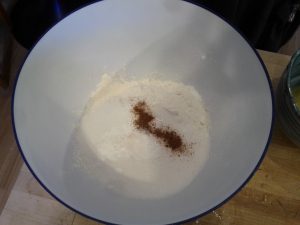
In the bowl you poured that quarter cup of butter, whisk in an egg and add the half cup of milk. Mix well, then add to the flour concoction. Fold whatever’s wet into the dry. Don’t overdo the mixing here; stop as soon as the dry powder is pretty much gone.
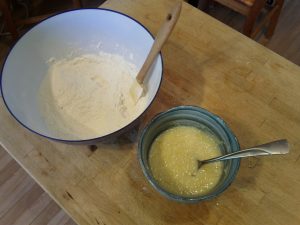
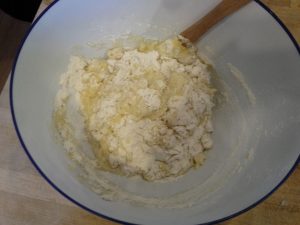
Add a few tablespoons of the mixture to the mold. I then push down around with my fingers so that the prod that creates the hole in the middle is visible. I don’t bother trying to get the batter to the edge, it’ll expand into it as it bakes.
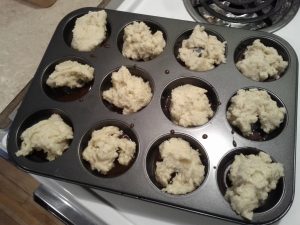

Put the doughnut pan in the oven for 8 minutes. As that bakes, prepare the glaze. Combine the icing sugar with milk. I also added some vanilla here.
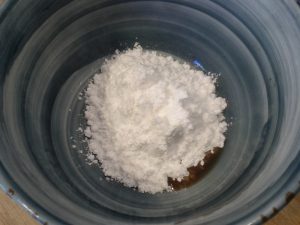
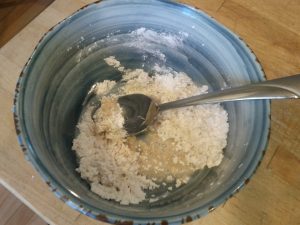

Pull the doughnuts from the oven. I immediately take them out with a small spatula.

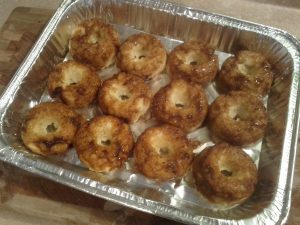
Once cool I use a spoon to place the glaze on them.

Then drop your cellphone into the doughnuts while taking photos, cracking the pretty glaze you made. You’re done!

Critiques: The glaze I made is sub-par. The original cream cheese frosting called for by Top with Cinnamon would definitively be better; but its main ingredient is too expensive to have on hand (special occasions aside.)
